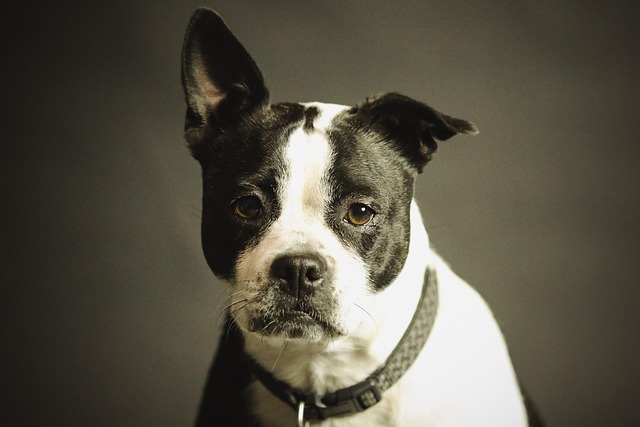
How do i train my dog to be obedient?
Watching your dog dart across the park ignoring your calls isn’t just frustrating—it can put them at risk near busy streets or public spaces.
Seeing your dog cower at the sight of a leash or tremble by the front door breaks your heart. That fearful behavior isn’t stubbornness— it’s a cry for help. Understanding the root cause is the first step to building your dog’s confidence.
Some dogs develop outdoor anxiety after traumatic experiences like being chased by another animal or getting caught in a sudden downpour. Others may have missed crucial socialization between 3-14 weeks old, leaving them overly sensitive to new sights, sounds, and smells. Even changes like moving to a noisy neighborhood can trigger fear responses.
Start by creating positive associations with the outdoors. Place your dog’s favorite treats right outside the door, gradually moving them further into the yard as your pet grows more comfortable. Use a flirt pole or toss a ball just beyond the threshold to turn “going out” into a fun game. Keep sessions short— 5 minutes of successful exploration beats 20 minutes of stress.
When venturing further, choose quiet times and routes. Dawn or dusk often mean fewer people, cars, and distractions. Walk at your dog’s pace, rewarding every brave step forward. If they freeze, don’t pull— simply drop a treat where they’re standing and let them come to it. Remember, forcing progress only reinforces fear.
 Leash training deserves special attention. Many anxious dogs associate the leash with unpleasant experiences. Practice putting it on inside while feeding high-value treats like cheese or chicken. Drag the leash around the house so your dog gets used to its weight and movement. Upgrade to a well-fitted harness if your dog panics during collar walks.
Leash training deserves special attention. Many anxious dogs associate the leash with unpleasant experiences. Practice putting it on inside while feeding high-value treats like cheese or chicken. Drag the leash around the house so your dog gets used to its weight and movement. Upgrade to a well-fitted harness if your dog panics during collar walks.
Be aware of local leash laws. In most urban areas, dogs must be on a leash no longer than 6 feet in public spaces. Using retractable leashes in restricted zones risks fines and endangers your pet. Always carry poop bags— failing to clean up after your dog violates sanitation regulations in almost every municipality.
Socialization should happen gradually. Introduce your dog to one new person or calm animal at a time, maintaining a safe distance. Use treats and praise to create positive associations. Avoid dog parks until your dog shows comfort around other animals, as chaotic environments can overwhelm fearful dogs.
Weather plays a role too. Puppies and short-haired breeds may shiver in cold temperatures, while pavement can burn paws in summer heat. Check local air quality advisories— wildfire smoke or high pollution levels can harm your dog’s respiratory system. Adjust outings to keep your pet safe and comfortable.
If fear persists despite consistent training, consult a certified professional. Look for trainers who use positive reinforcement methods, avoiding those who rely on shock collars or alpha rolls. Some regions require trainers to be certified by organizations like the Certification Council for Professional Dog Trainers.
Remember, building confidence takes time. Celebrate small victories— whether it’s sniffing a new bush or walking an extra block. With patience, consistency, and plenty of treats, your scared pup will learn that the world outside isn’t so scary after all.

Watching your dog dart across the park ignoring your calls isn’t just frustrating—it can put them at risk near busy streets or public spaces.

New puppy owners often find themselves rushing to clean up accidents before they set in, and that’s where puppy pad training becomes a game-changer.

If you've noticed your dog's waistline disappearing and your veterinarian has mentioned those few extra pounds, your first instinct might be to simply reduce the amount of food in their bowl.

Training a dog to use a designated spot indoors isn’t as daunting as many new owners fear, but it does take consistency and an understanding of your pet’s needs.

That moment of dread on a walk is all too familiar for many new dog owners. You see another dog approaching down the sidewalk of your neighborhood

If the sight of another dog on your neighborhood walk makes your heart sink as your own dog erupts into a frenzy of barking and lunging, you're not alone.